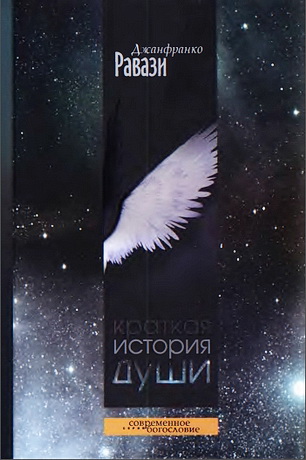
Patmore, Lössl - Demons in Early Judaism and Christianity
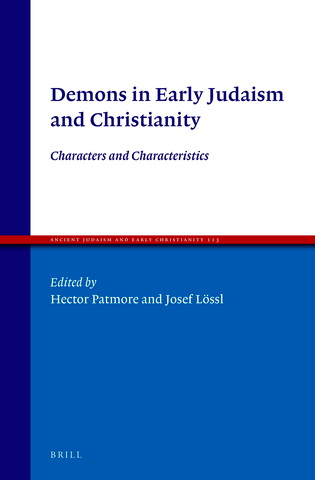
The study of demonology remained a largely neglected subject in the critical study of the Bible, Judaism, and early Christianity until relatively recently. Among earlier generations of scholars, the belief in demons was a phenomenon eyed by many as a primitive superstition that had entered the Jewish world under foreign influence and was therefore an unwelcome alien element. A flurry of publications in the last half-century or so have helped remedy this distrust of Jewish demonology as a proper object of scientific study. An exhaustive survey of the last century of research lies outside the scope of this introduction, but some of the more important developments and trends can be sketched out in order to set this edited volume in the context of current debates.
The new-found interest in the study of the history of demonology was prompted not so much by a shift in the Zeitgeist as by the availability of a wealth of new primary sources. Undoubtedly, the discovery and publication of the Dead Sea Scrolls has had the greatest impact, demonstrating incontrovertibly that whatever their ultimate origin, beliefs in demons had become ‘naturalized’ within Judaism by at least the end of the Hellenistic period and found expression in multifarious ways. As well as yielding a wealth of previously unknown texts in which demons play a role, the finds at Qumran also stimulated renewed text-critical discussions and, ultimately, new editions of some key texts relating to the earliest strata of Jewish demonology, notably Tobit, Jubilees, and 1 Enoch. This critical work in its turn invited more historically nuanced discussions of the contribution of these works to understanding the early development of Jewish demonology. In a similar way, the availability of new primary sources, notably the vast and still expanding corpus of incantation bowls, as well as huge range of other magical artefacts (papyri, amulets, gems, etc), gave the study of Jewish and Christian demonology in the latter part of antiquity fresh impetus.
In terms of methodology, this new-found critical interest in Jewish and early Christian demonology has laid particular emphasis on diachronic and comparative approaches, with the aim of understanding how ideas flowed between different groups and cultures. Comparison with the literature of Ugarit and the great cultures of Mesopotamia had led to the once commonly held view that the deities of Ancient Israel’s neighbours—Reshef for example—had been downgraded and turned into demons in the compositions now incorporated into the Hebrew Bible. An increasing sensitivity to the risk of ‘parallelomania’ inherent in such a methodology, however, has led more recent contributors to the debate to regard such explanations with cynicism and to offer instead a ‘de-demonized’ interpretation of the relevant passages of the Hebrew Bible.
Hector M. Patmore, Josef Lössl - Demons in Early Judaism and Christianity : Characters and Characteristics
(Ancient Judaism and early Christianity, volume 113)
Leiden, Boston : Brill, 2022. - 349 pp.
ISBN 978-90-04-51714-1 (hardback)
ISBN 978-90-04-51814-8 (e-book)
Hector M. Patmore, Josef Lössl - Demons in Early Judaism and Christianity : Characters and Characteristics - Contents
Acknowledgements
Notes on Contributors
Introduction - Hector M. Patmore andJosef Lössl
1 Demonic Exegesis - Hector M. Patmore
2 Δαίμονες and Demons in Hellenistic Judaism: Continuities and Transformations - Anna Angelini
3 The Demon Asmodeus in the Tobit Tradition: His Nature and Character - Beate Ego
4 Paul’s Suprahumanizing Exegesis: Rewriting the Defeat of God’s Enemies in 1 Corinthians, Romans, and Ephesians - John K. Goodrich
5 Courting Daimons in Corinth: Daimonic Partnerships, Cosmic Hierarchies and Divine Jealousy in 1 Corinthians 8-10 - Matthew T. Sharp
6 Demons and Vices in Early Christianity - Tom de Bruin
7 The ‘Demonogony’ of Tatian’s Oratio ad Graecos: Jewish and Greek Influences - Josef Lössl
8 St. Jerome, Demons, and Jewish Tradition - C. T. R. Hayward
9 Demonic “Tollhouses” and Visions of the Afterlife in Pseudo-Cyril of Alexandria’s Homily: De exitu animi - Emmanouela Grypeou
10 The Naked Demon: Alternative Interpretations of the Alexamenos Graffito - Hagit Amirav and Peter-Ben Smit
11 Negotiating Danger: Demonic Manipulations in Jewish Babylonia - Alexander W. Marcus
12 Demons and Scatology: Cursed Toilets and Haunted Baths in Late Antique Judaism - Ilaria Briata
13 The King of Demons in the Universe of the Rabbis - Reuven Kiperwasser
14 The Gender and Sexuality of Demons in the Art of the Aramaic Incantation Bowls - Naama Vilozny
Index of Ancient Sources
Index of Modern Authors
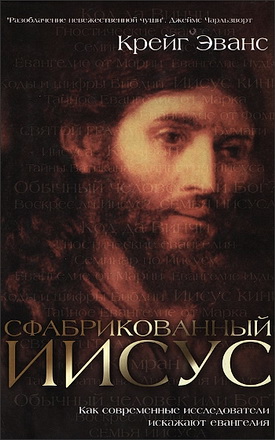
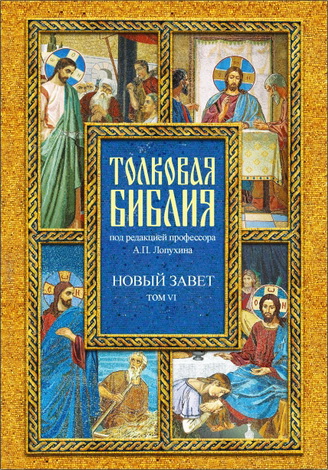
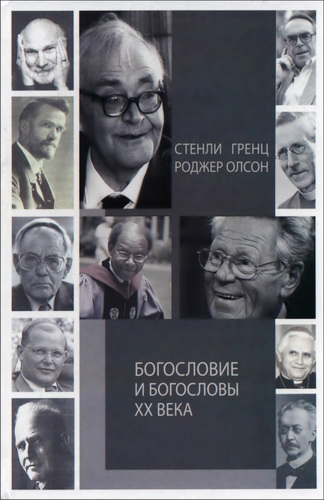

Комментарии
Пока нет комментариев. Будьте первым!